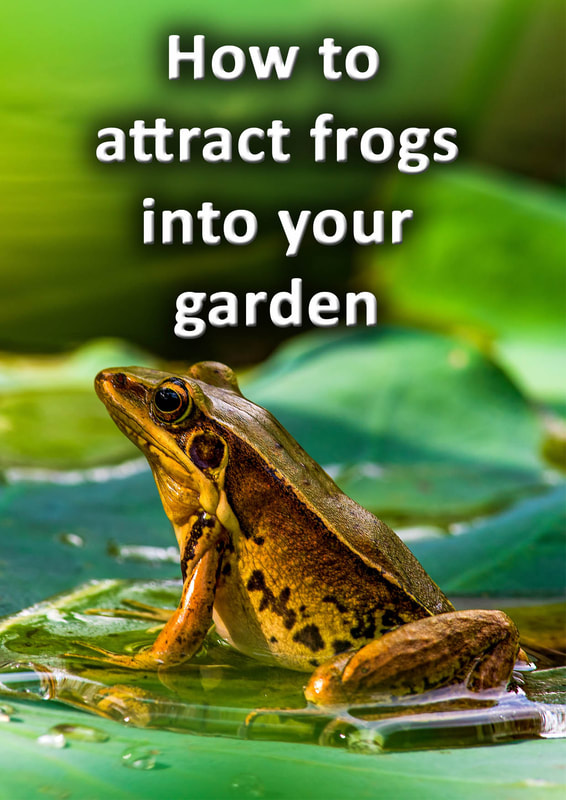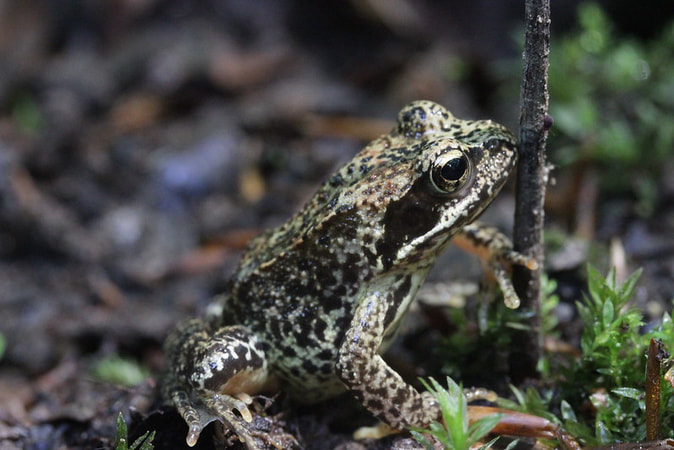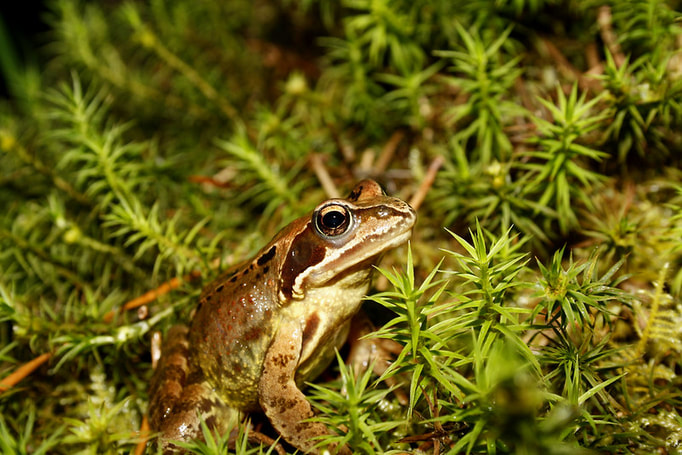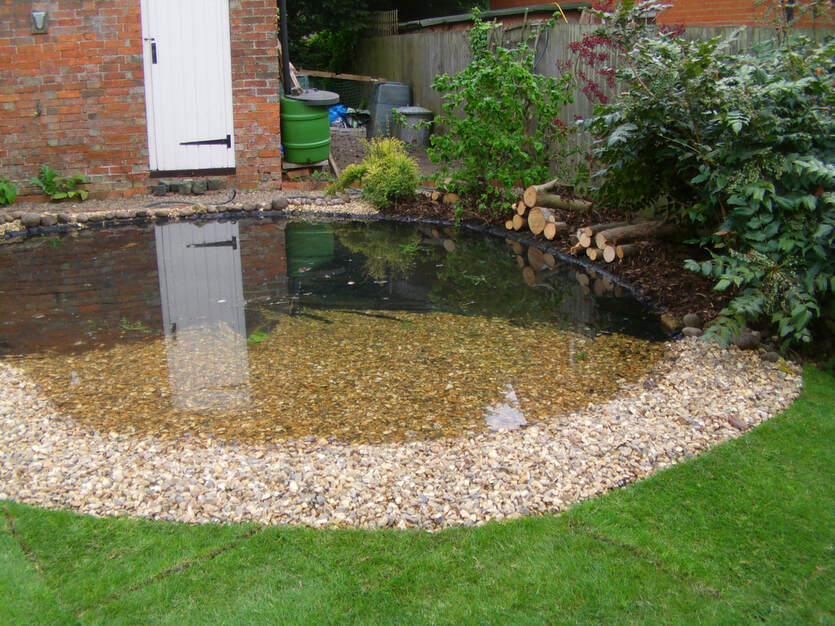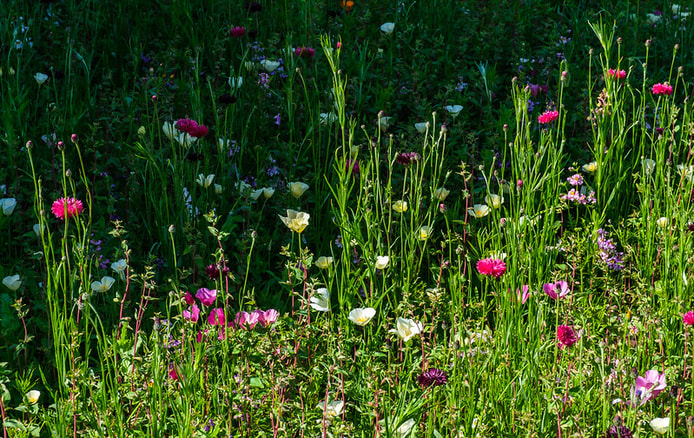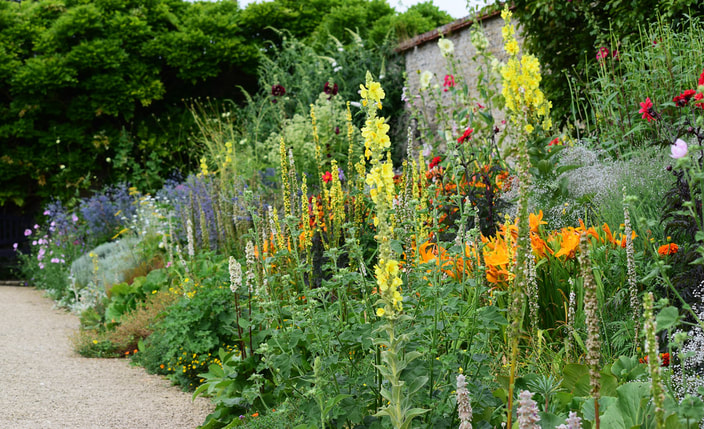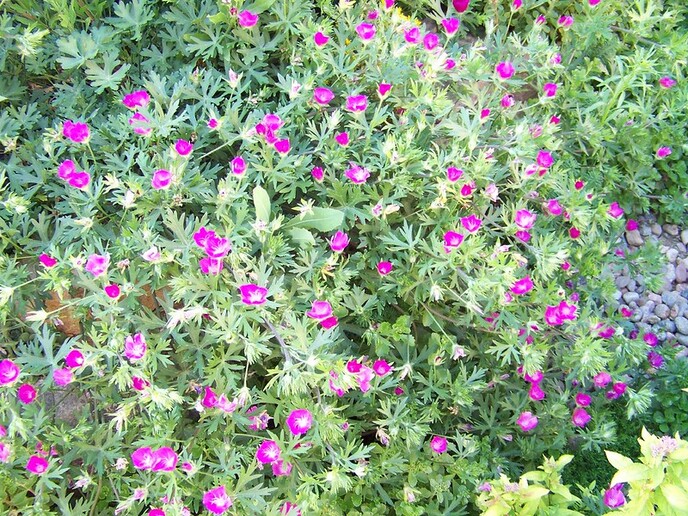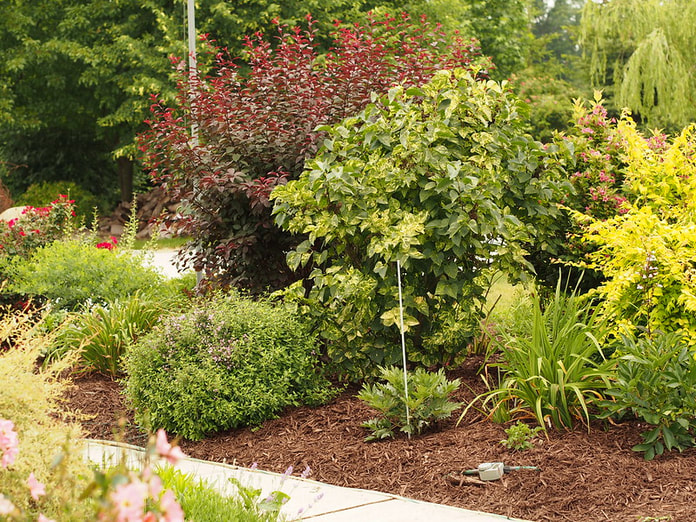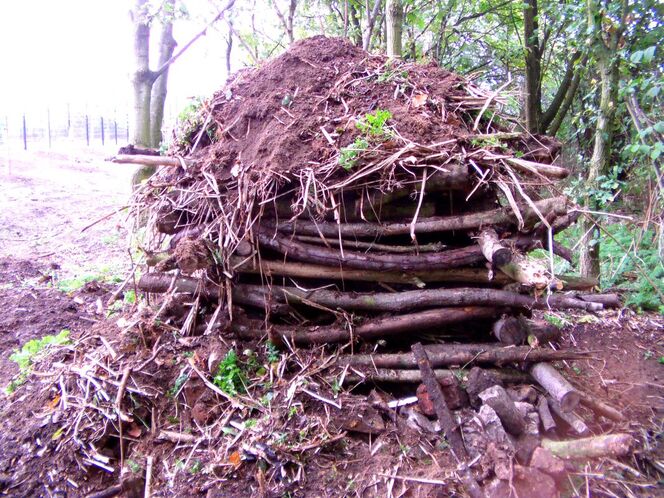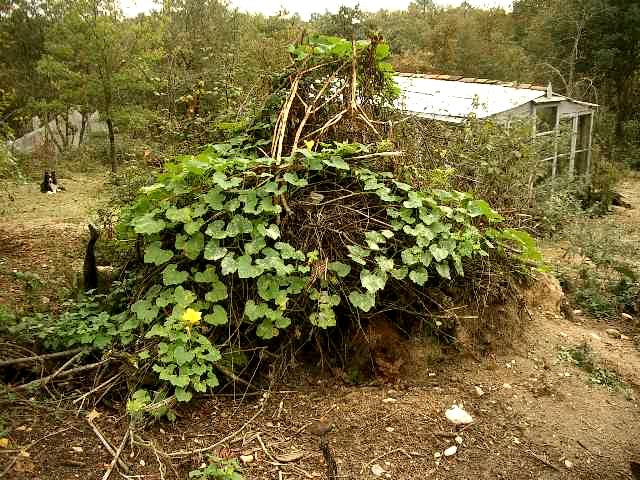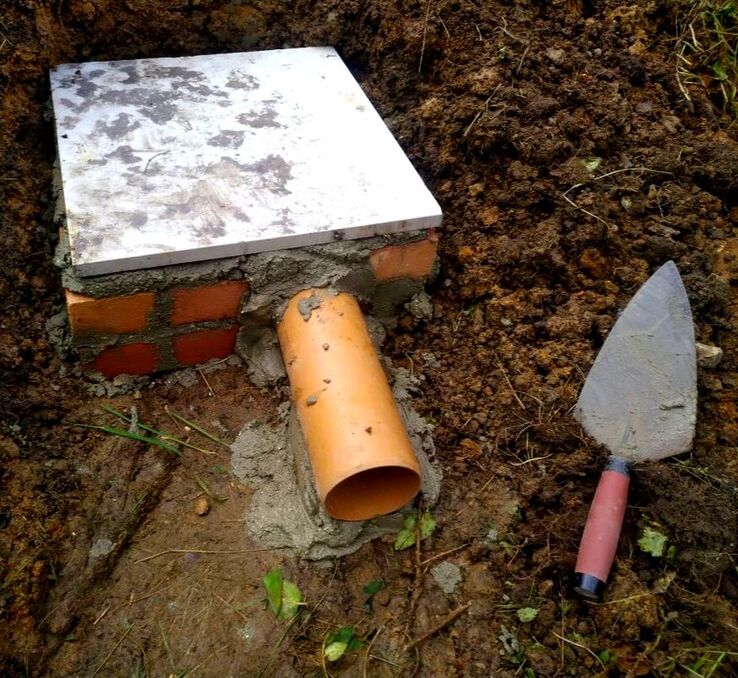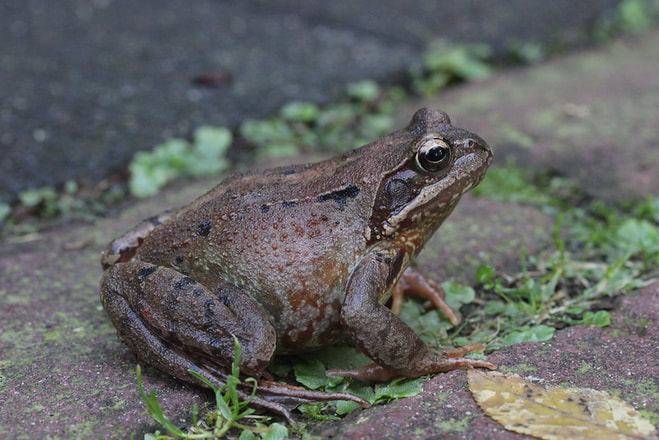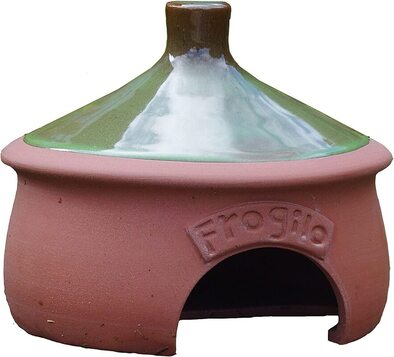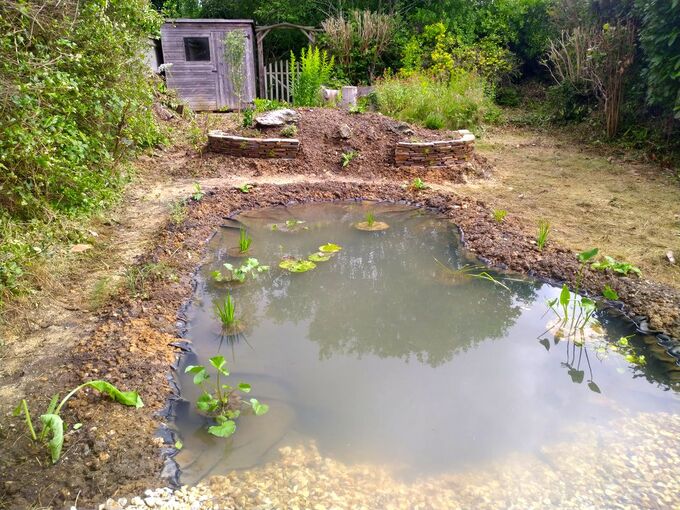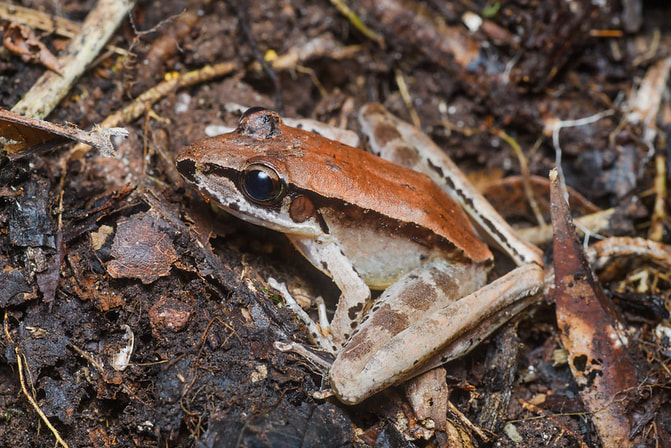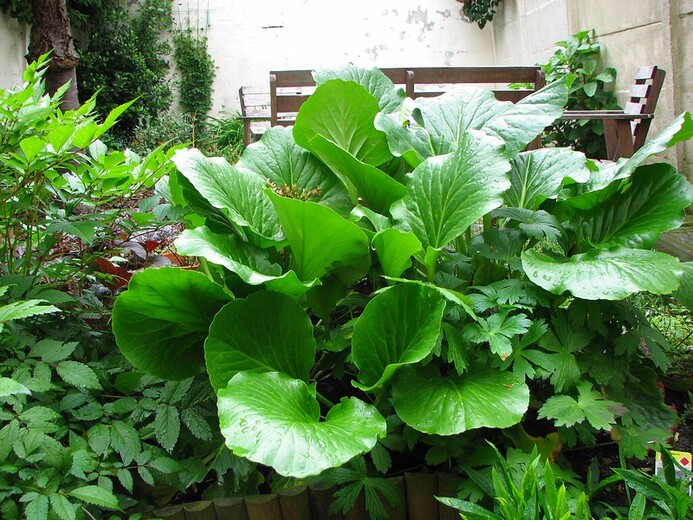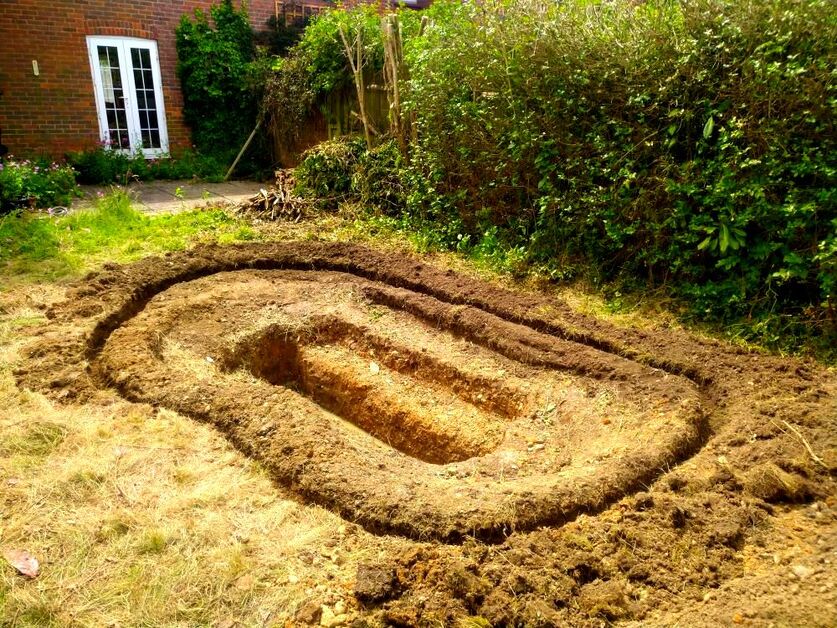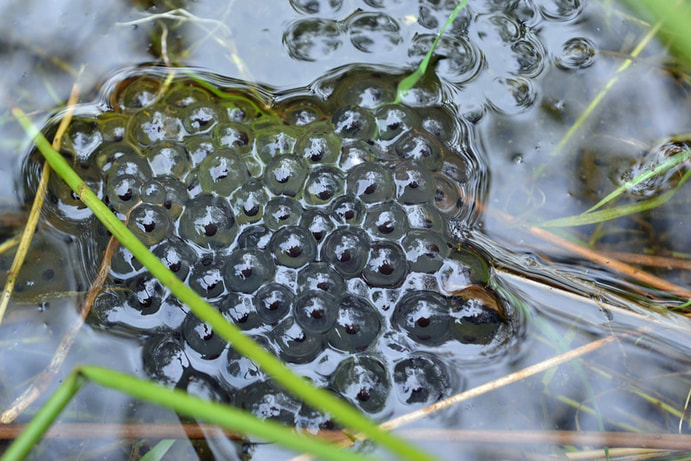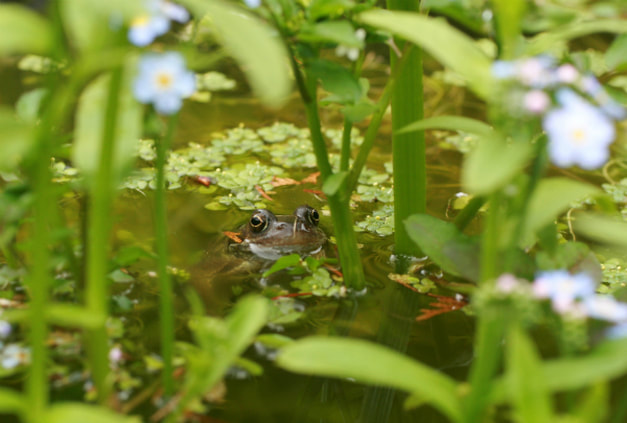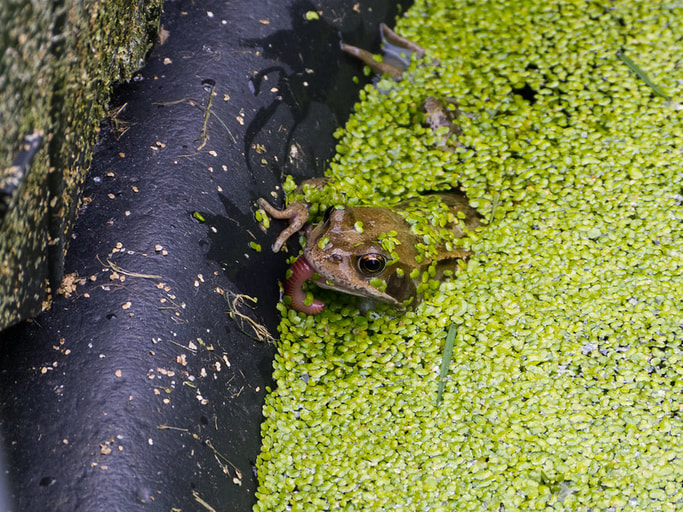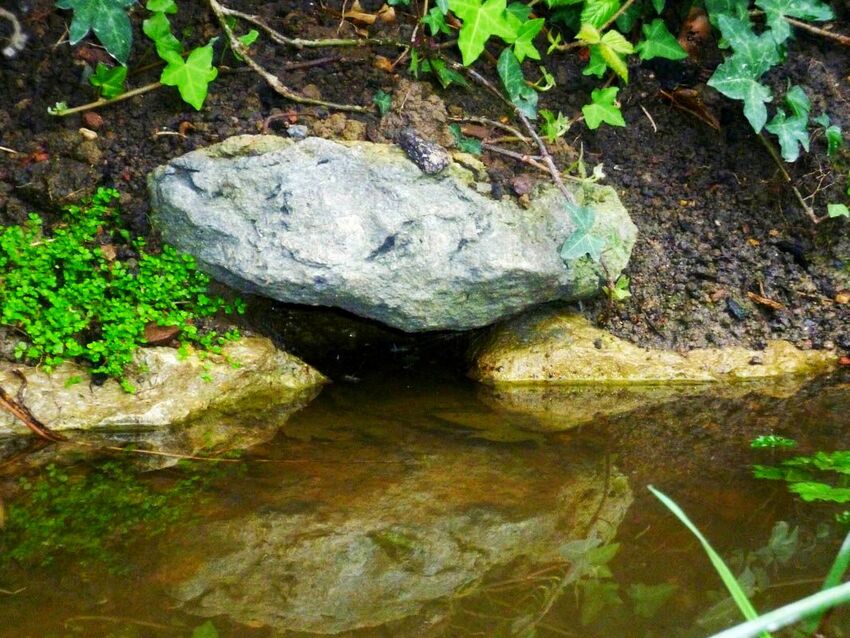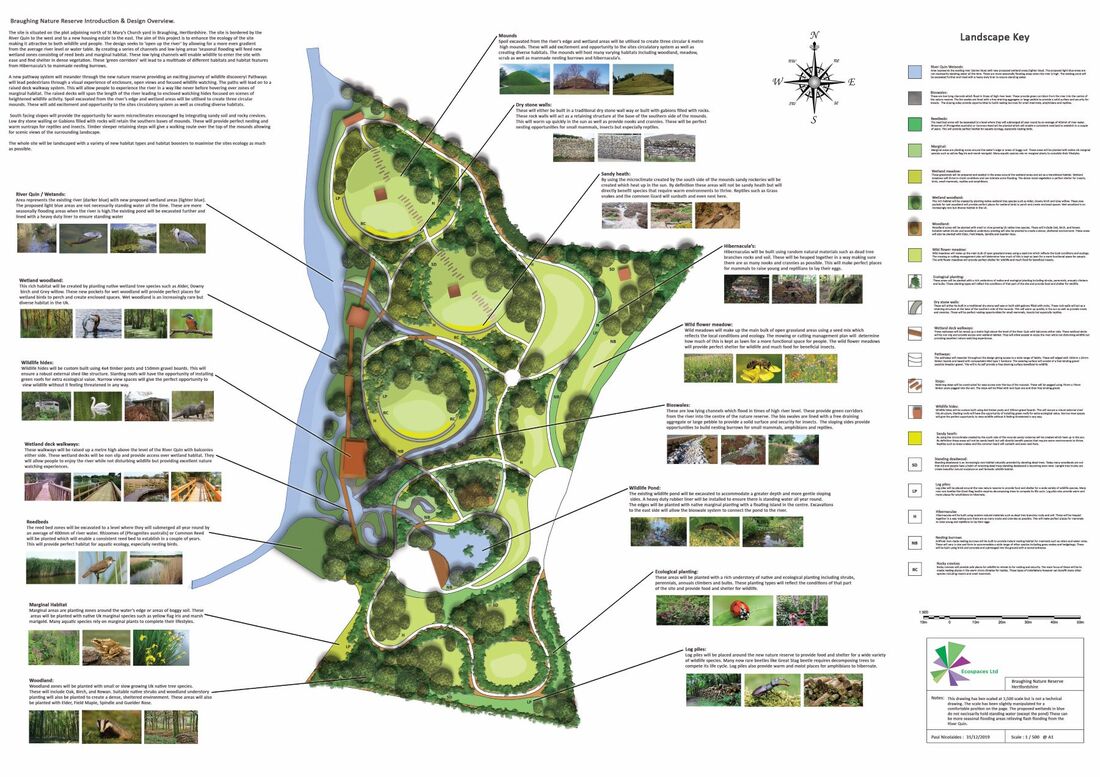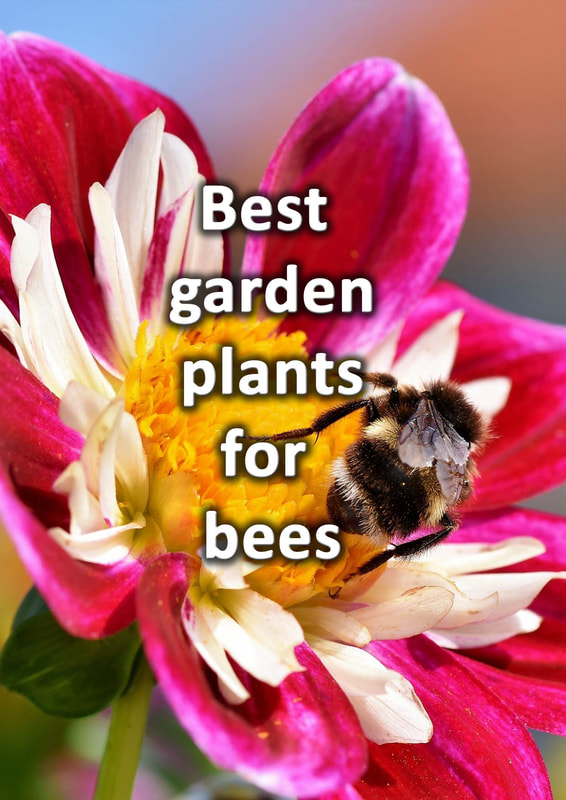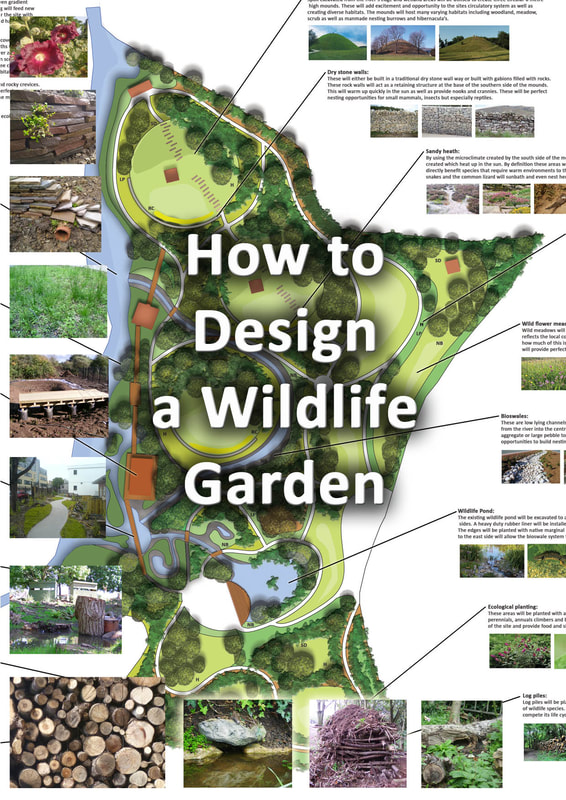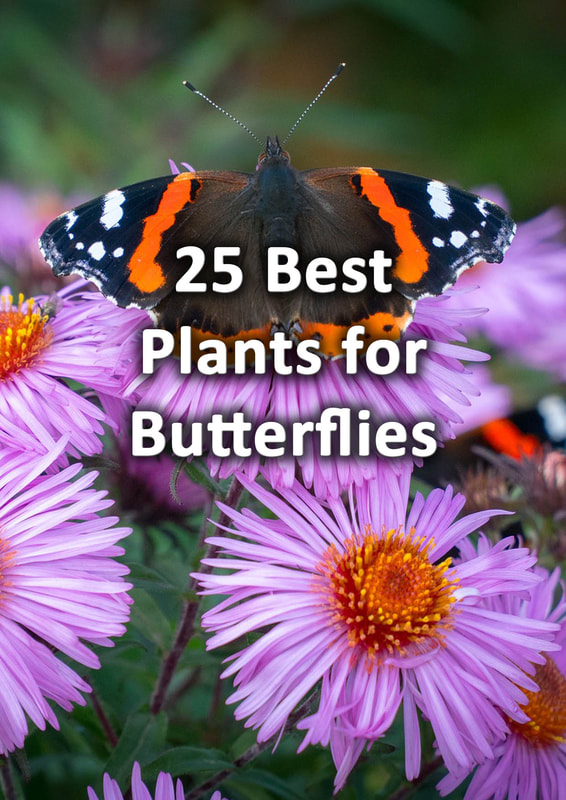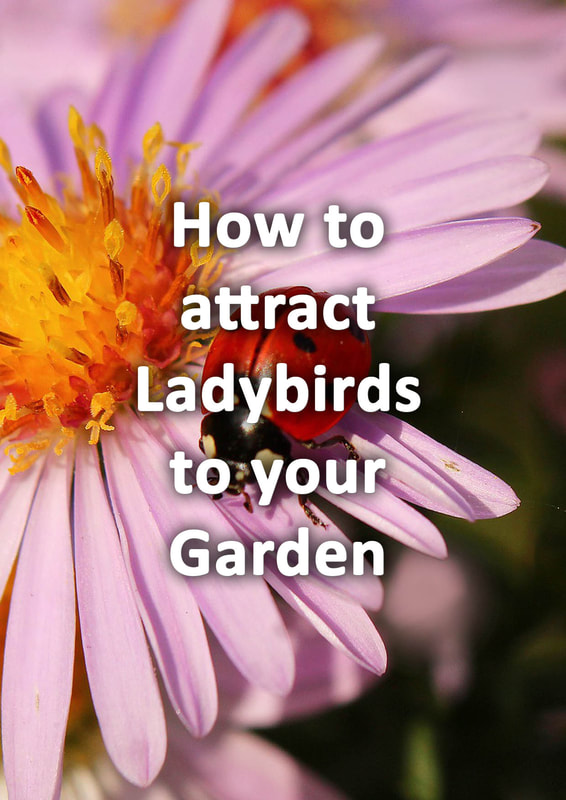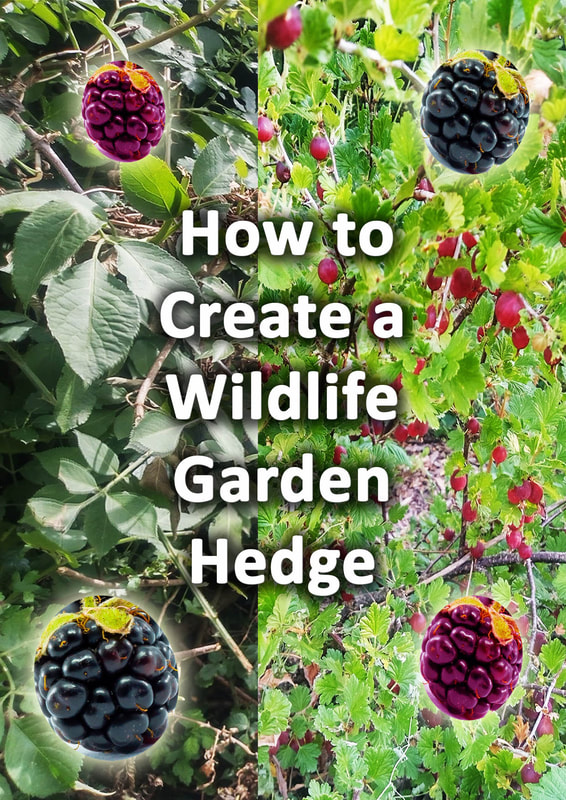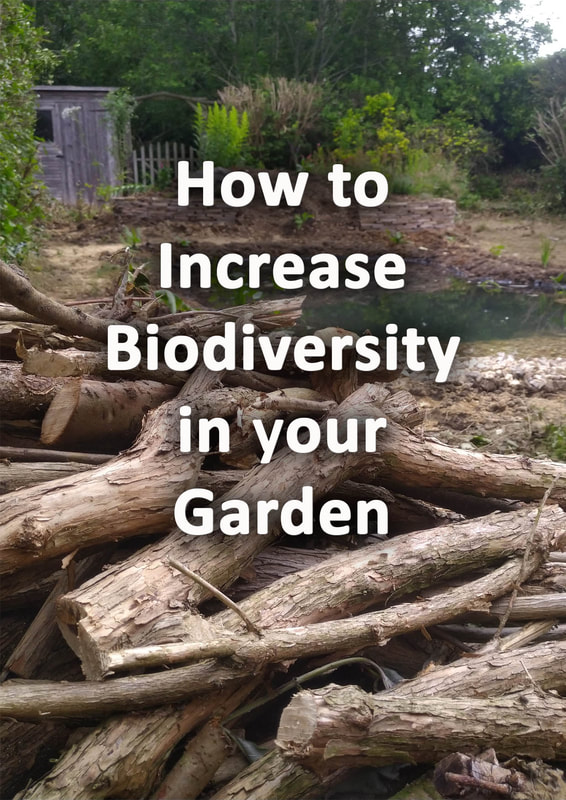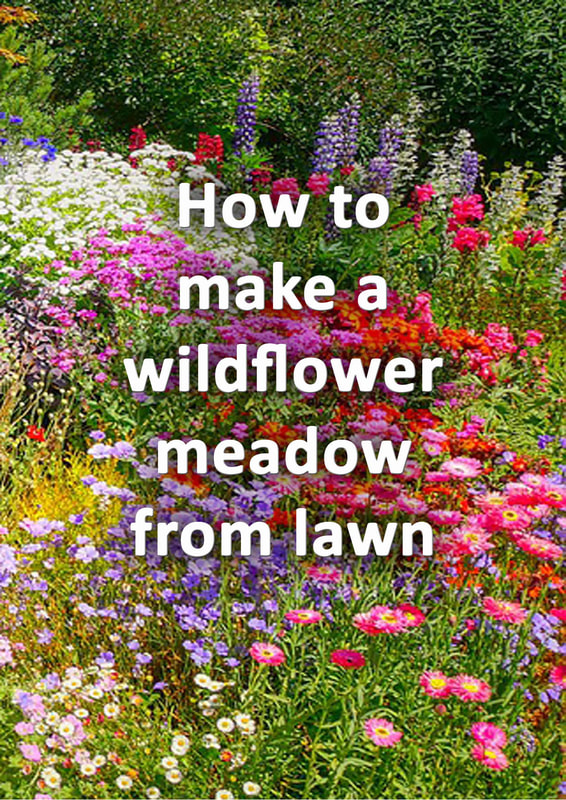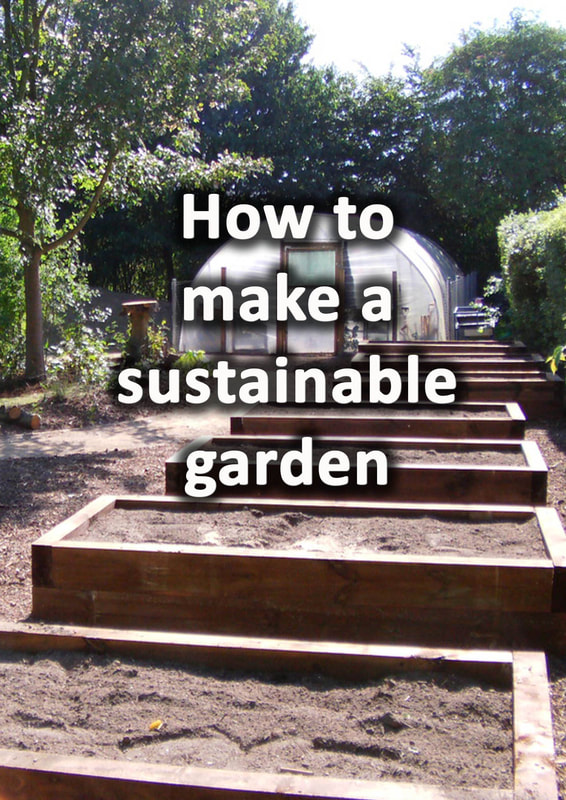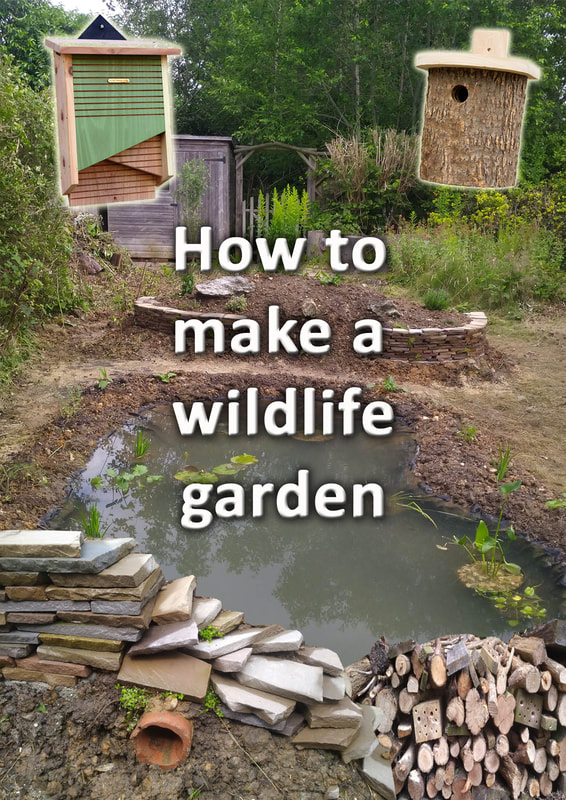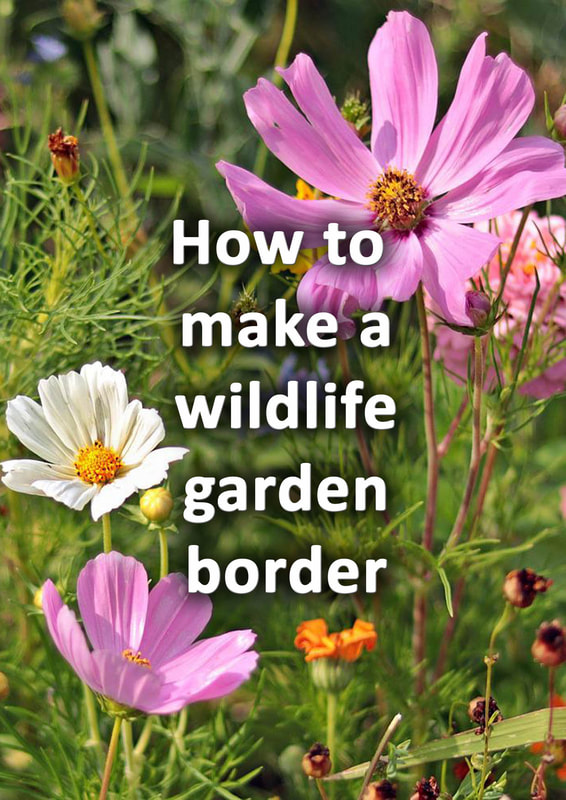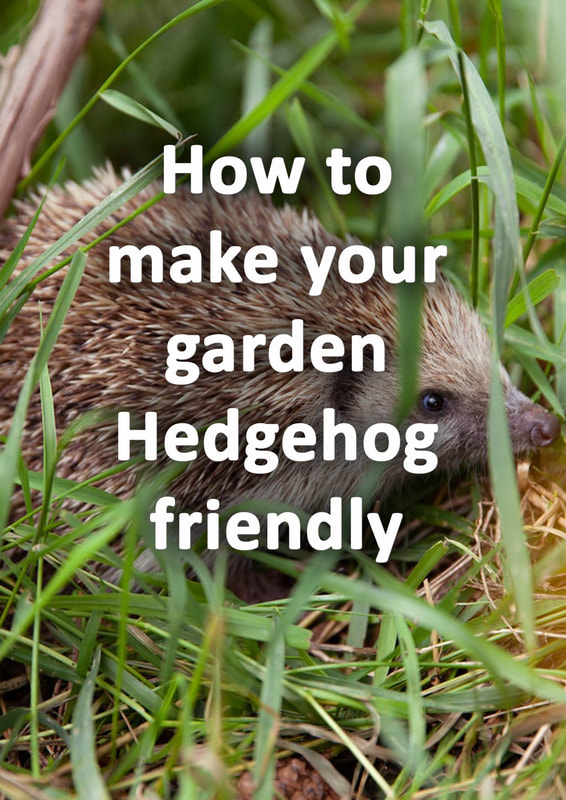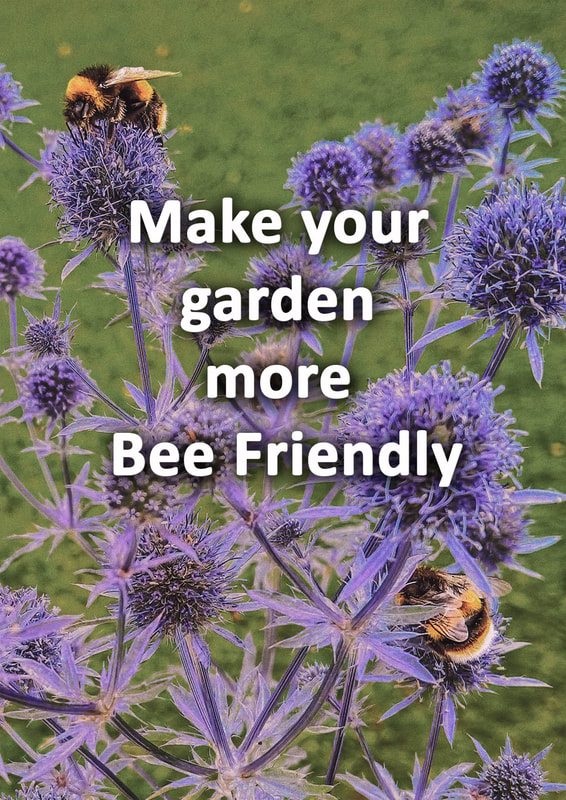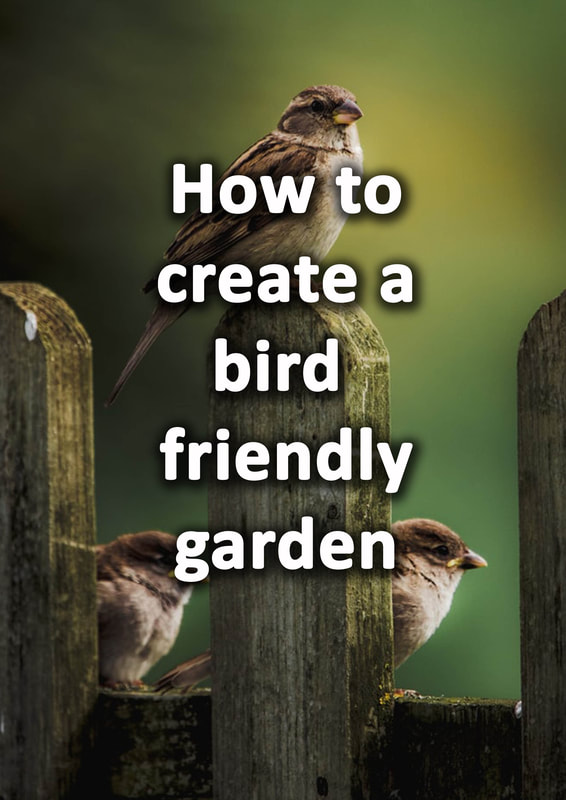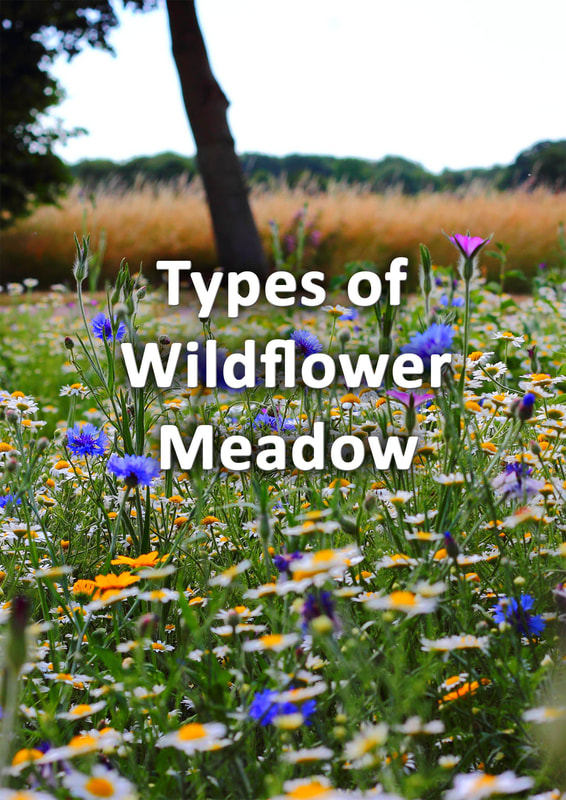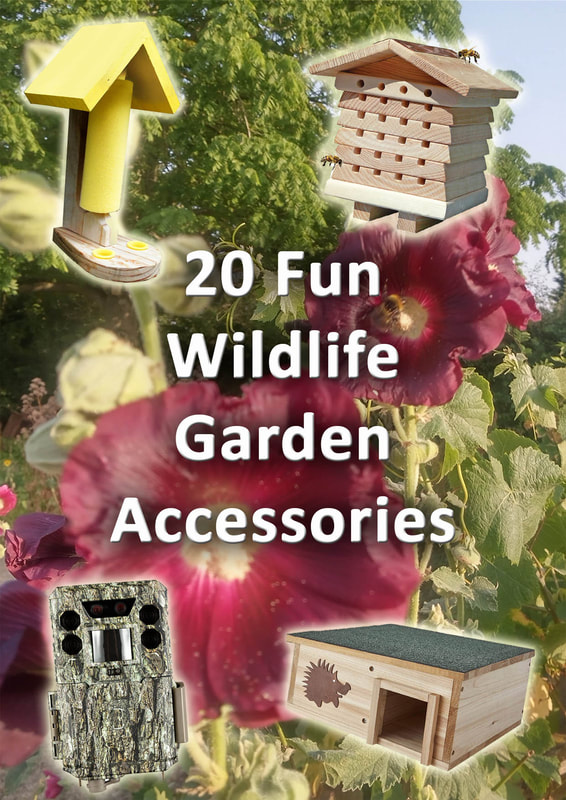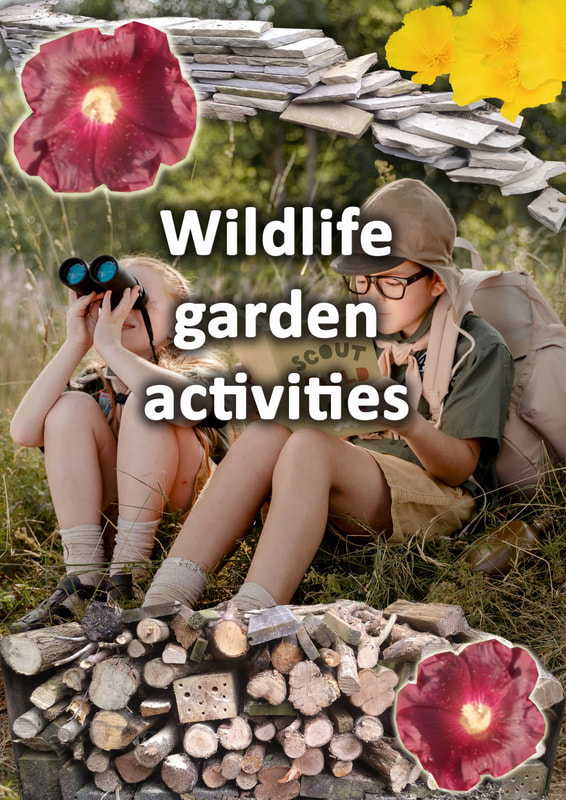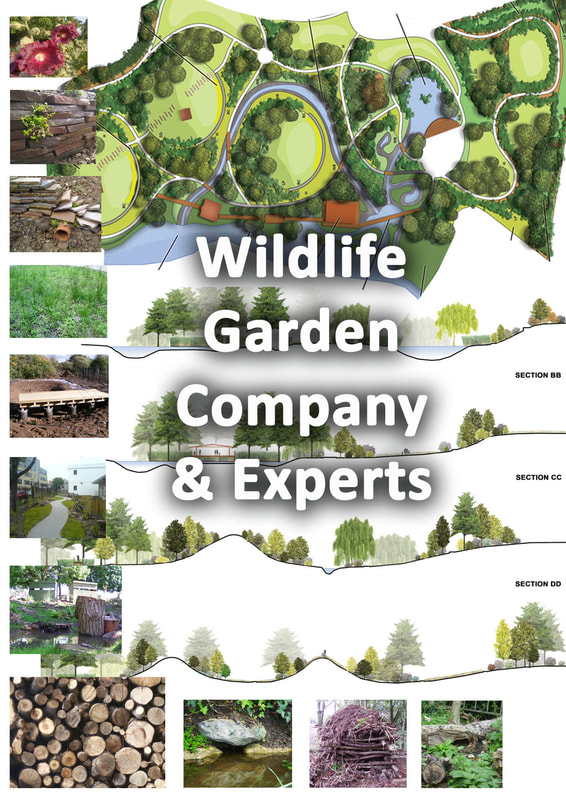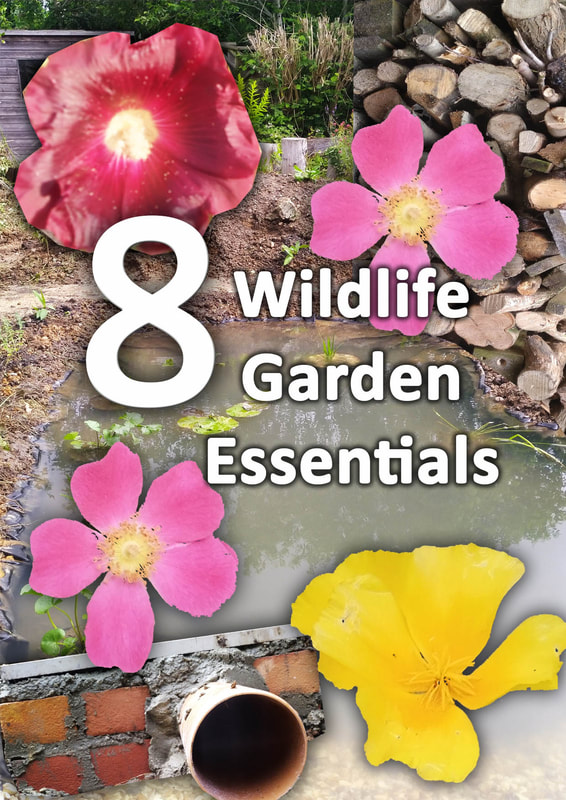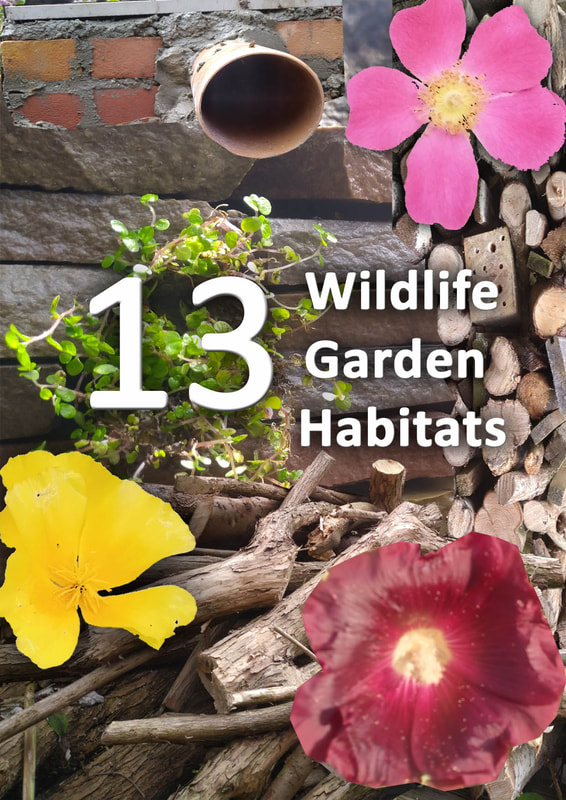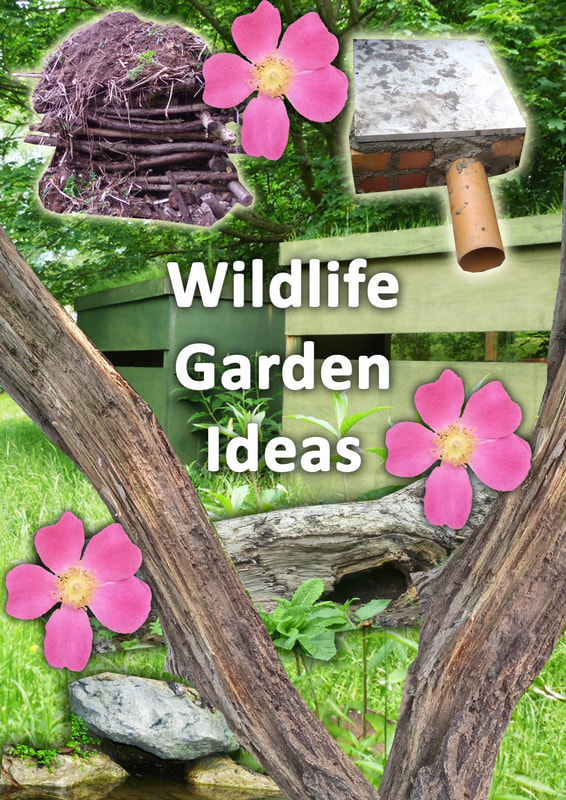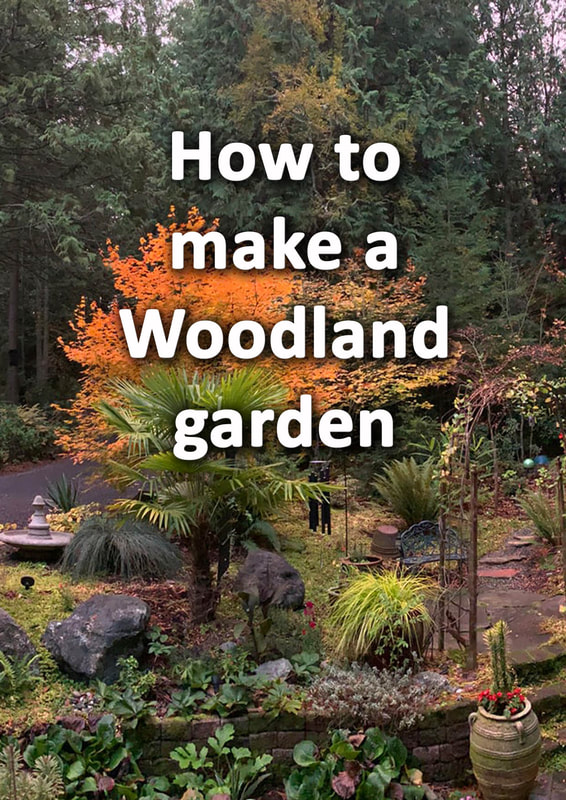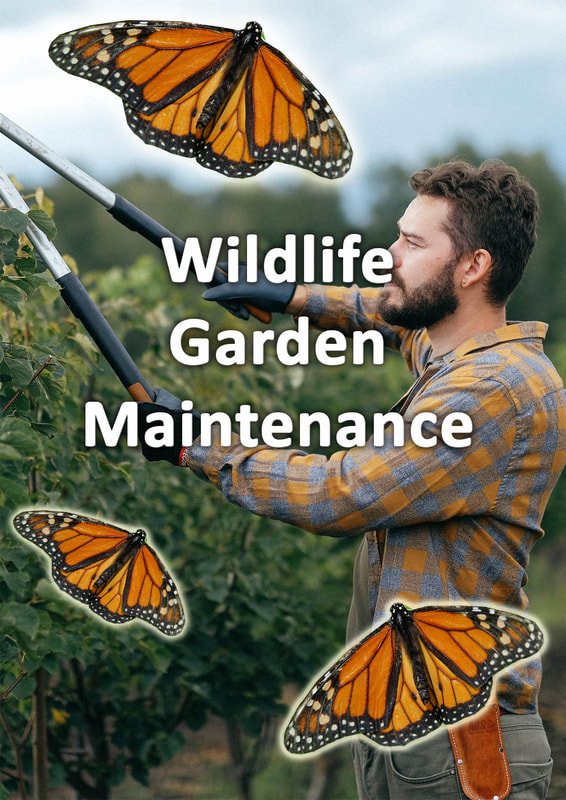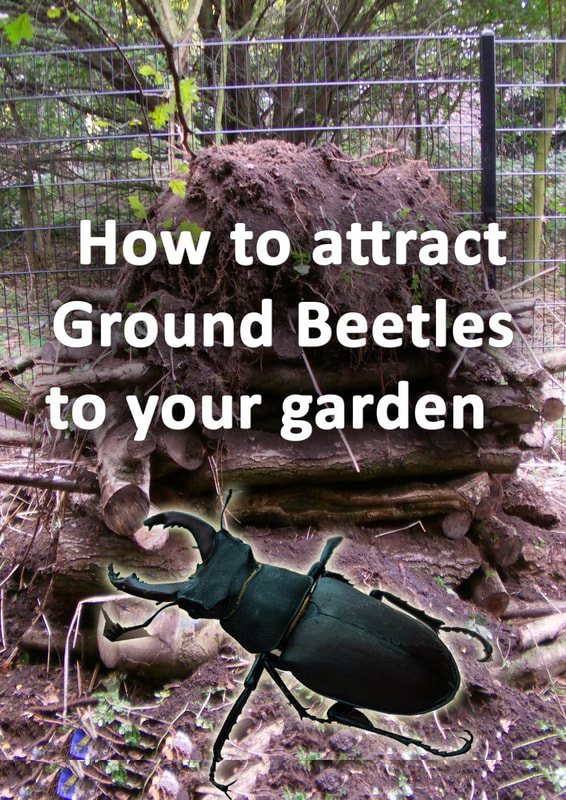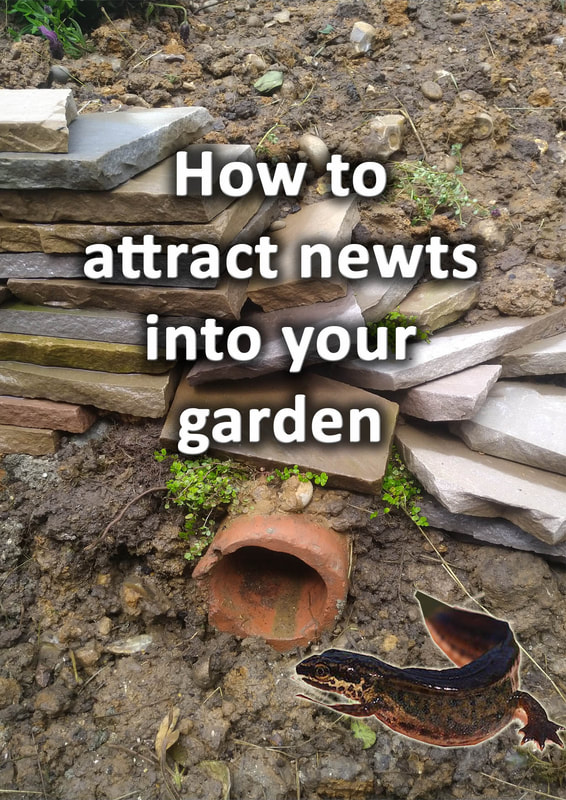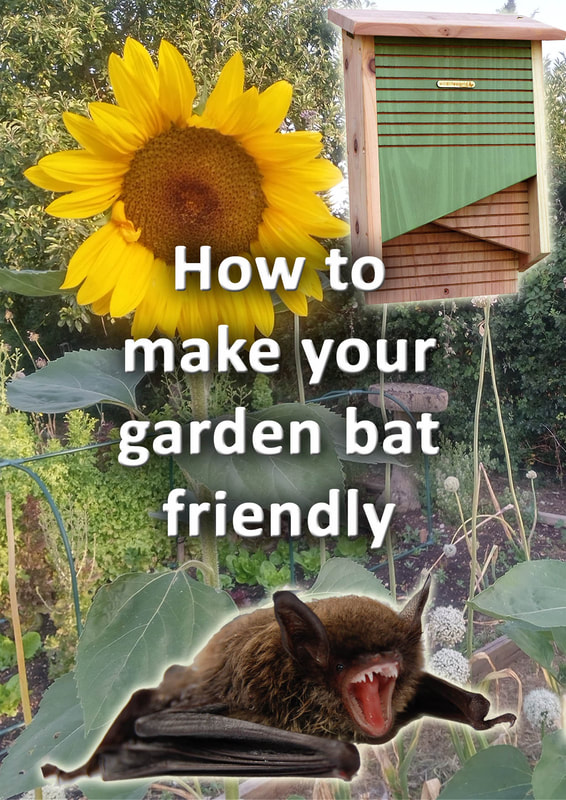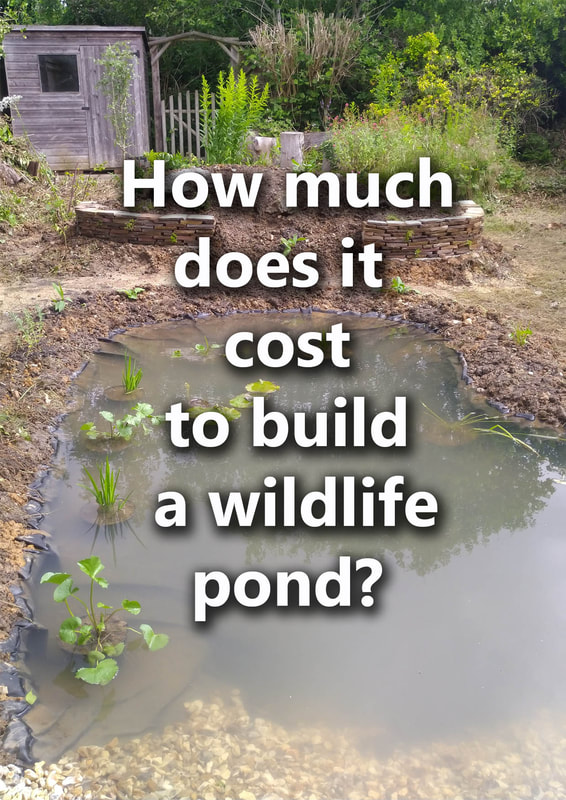|
This article contains affiliate links
Frogs are truly amazing creatures which have colonised pretty much every inhabitable cotenant, worldwide.
Their range spans various habitats from tropical rainforests to the great northern forests. These short, bodied, amphibians are so adaptive they are regularly found living within urban environments. As long as there is some form of standing water, cover and prey, frogs will thrive! If you want to attract frogs into your garden ideally, you will have some crucial, fundamental, elements:
In this article we will investigate how to attract frogs into your garden whatever your gardens circumstances. We will explain the best habitats, plants, ponds and landscape features frogs are most attracted to. Are garden frogs endangered?
Frog numbers have dramatically reduced in the past 100 years. This has been due to a loss of suitable habitat and especially the reduction of freshwater ponds. Modern farming has led to regional draining of natural wetlands and a reduced need for irrigation pools. Today, common garden frogs are not endangered and reasonably widespread. However, their numbers are dramatically lower today than they were in the past. Urban developments and roads mean frog populations can become fragmented and isolated. This can result in inbreeding and poor genetic diversity leading to less resilient populations. Benefits of garden frogsFrogs are very beneficial to garden environments consuming a whole range of common, pest, species. Frogs prey upon; slugs, snails, millipedes, caterpillars and numerous insects including beetles, fly's and mosquitoes. Frogs do not only eat numerous pests they are also an indicator species of a clean environment. These small amphibians are also a pleasure to see in the garden. The frog’s basic evolutionary design has remained unchanged for 50 million years! Now that’s a really cool creature to have in your own garden! How to attract frogs to my garden?If you want to attract frogs into your garden you need to provide three fundamental things: food, water and shelter. Food You do not need to feed frogs, simply provide good habitat for their prey. This can be done by planting a diverse range of different plant species and habitat types. Water Frogs do actually spend the majority of their time on land, but they do need water to drink and breed. They also need continuously damp and humid environments, so their skin does not dry out. Consequently, if you want to encourage frogs to your garden you will need some standing water. Shelter Frogs can be vulnerable to larger predators within the garden including birds, cats, foxes and even snakes. Therefore, they will need some shelter to hide and rest. This can be achieved by planting dense vegetation and creating safe crevices for them to hide. 10 Ways to attract frogs to my garden1. Build a wildlife pond
Without a doubt the best thing to do to attract frogs into your garden is to create a wildlife pond. This will provide an optimum environment for garden frogs to breed and forage for food. The larger your pond is the more frogs it will support. Make sure it is well planted with native pond plants and dense, marginal, vegetation. 2. Create a wildflower meadow
Wildflower meadows are grasslands which contain a rich diversity of wildflowers. The diversity of these flowering plants combined with dense vegetation makes them a magnet for wildlife. Meadows attract thousands of small insects and invertebrates which frogs love to feed upon. The dense cover also provides moist places for frogs to hide. 3. Plant native and ecological planting
To attract frogs into your garden, plant, plants with some wildlife or habitat, value. This typically includes native plants and ecological planting. Ecological plants are normally not native but provide either food or shelter for wildlife. For more information on the best plants for wildlife visit our article here. 4. Grow dense groundcover plants
Frogs are mainly nocturnal which means they prefer to forage at night. It is at these times when they are most vulnerable to predators. Groundcover plants can form a dense, sheltered, environment for frogs to move around. They can be planted along the front of flower borders or around ponds. For our full list of groundcover plants visit our article here. 5. Mulch the soil
Mulching is the process of smothering garden soil with organic mulch. This can be wood chippings, leaf mulch, compost or even straw. The idea is mulch helps to keep the soil moist, prevent weeds and feed soil microorganisms. This leads to more small creatures for frogs to eat and generally more moist and humid conditions which frogs' favour. 6. Create hibernacula’sHibernacula’s are piles of organic materials deliberately formed to create shelter for wildlife. These can be put together with plenty of gaps and crevices for hibernating species. If you want to attract frogs into your garden build small hibernacula’s nearby wildlife ponds. Small, fist sized, cavities can be created to make perfect hiding places for garden frogs. 7. Create an open compost heap
Compost heaps are a very effective way to recycle organic waste and create organic fertiliser. However they can also be effective at encouraging frogs into your garden. However, this is only the case if your compost heap is open and not within a closed, plastic, container. Create a heap of slowly decomposing garden waste. The warm and moist environment will make a perfect place for frogs to feed and hide. 8. Build frog burrows
Some of the best human interventions for encouraging frogs in the garden are manmade burrows. These can provide perfect places for frogs to hide out during the day and hibernate. Frog burrows can be made in many ways including with bricks and old slabs. Old clay pipes can also lead to hollows created with old bricks mortared together. 9. Create access
A typical problem for garden frogs is not being able to move from one place to another safely. Gardens can be problematic places to be if there are ridged fences and masonry walls. Try to create small underpasses under fences so frogs and move around freely. You can also plant green highways of vegetation, so frogs have safe passage. 10. Buy a frog house
Frog houses are small, circular, pots with an entrance specifically designed for frogs. They can be placed around ponds and flower borders to provide shady places for frogs to rest. Frog homes can also act as small, garden, ornaments and can make great, wildlife, garden, gifts. Can I attract frogs to my garden without a pond?Although a pond is probably the best thing you can do to encourage frogs it’s not essential. Frogs do actually send most of their time on land so your garden can be still become a frog haven. This is especially so if you live in a naturally low-lying area or have wetland habitat nearby. You will want to create as diverse a wildlife garden as possible! Plant plenty of low-lying dense plants which provide plenty of food for wildlife. Create as many good places to hide and stay moist as possible with compost heaps, hibernacula’s, burrows and meadow. If you are worried about creating a large pond, why not make a really small pond? This could be as small as an old washing basin submerged into the soil. Why don’t I get frogs in my garden pond?
If you don’t have frogs within your garden pond there could be a few reasons why. Firstly, you could be in a location where frogs find it difficult to travel too. For instance, many upland and hilly areas do not always have good populations of frogs. This is generally due to enhanced exposure from the weather and a lack of lowland wetlands.
If you are in a rural area which is completely surrounded by modern agriculture this can act as a barrier to frogs. This is especially so if the land is regularly ploughed or mechanically worked in other ways.
However, even within some sub-urban pond's frogs can appear to be absent. This may be because your pond is surrounded by open and exposed areas of paving or lawn. Frogs need a certain level of cover when travelling to and from ponds to avoid being picked off by predators. This can further be exacerbated by pets such as dogs and especially cats. Do garden lights attract frogs?
It has been speculated many times that garden lights do attract frogs. I have also had a personal experience with this in my own wildlife garden. It is very common to see garden frogs at night within the illumination of outside lighting. However this probably has more to do with the fact that lights attract many flying insects. This concentrates plenty of the frog's prey all in one place! Frogs can then comfortably capture them with their long, sticky, tongues. What do garden frogs eat?
Garden frogs typically eat worms, slugs, flies, moths, mosquitoes, and many other insects and invertebrates. Should I feed garden frogs?
You should not really try to feed frogs that visit your garden. If they are living in your garden, they probably already have plenty of natural food. It is very common to find a garden frog that does not seem to be moving. This is because frogs mainly rely on their camouflage to remain undetected. It does not necessarily mean the frog is injured or hungry! The best thing to do is place the frog in a safe and sheltered place within dense vegetation. Feeding wild creatures can distort their natural foraging habits and lead to dependence. What are good plants for attracting frogs?
The best plants for attracting frogs are those which provide lots of cover at ground level. Some of the best of these are those which create moist thickets of foliage. Good examples of these include many species of ferns, Bergenias, Geraniums and grasses. Also, plant species which encourage wildlife in general are good for attracting frogs. Frogs like environments full of flying and ground dwelling insects and invertebrates. Furthermore, ground cover plants can provide lots of cover for garden frogs. How to make a garden pond for frogs?In the wild frogs can inhabit water bodies of varying sizes from seasonal flooded ponds to large lakes. Typically, frogs prefer to stay in shallow water within the more vegetated, marginal, zones. This is where they are less likely to be hunted by predatory fish and birds. Consequently, it would be tempting to assume a shallower pond is best. However, at a garden scale the larger the pond the better as it will support more frogs than a smaller one. It is best to maximise the edge perimeter as much as possible with curves and organic shapes. This will provide more marginal and vegetated shallows which frogs love. These shallow zones are also good places for frog spawn. The young tadpoles will have plenty of places to hide amongst the dense vegetation. It is recommended to have a variation of different shelf depths to accommodate a diverse aquatic ecosystem. Ponds for frogs should also have a much deeper central plunge zone. This can help to provide a more stable water temperature and water that doesn’t freeze in harsh winters. How deep should a garden pond be for frogs?There are no specifically defined pond depths perfect for frogs. However there are three optimum depth ranges which should be implemented: Depths 700mm - 1200mm It is always advised that any pond should have a sizable deep area. This is to allow a plunge pool in the centre which will collect silt and organic matter over time. Such depths can prevent shallow areas from becoming clogged up and cloudy. These deep areas also help to maintain a less volatile water temperature during the seasons. Medium shelves 300mm - 700mm Frogs benefit from ponds which have rich and vibrant ecosystems full of varying aquatic species. This diversity results in plenty of prey for frogs to feed upon. The best way to cater for as many pond species as possible is with varying shelf depths. Many species of aquatic life including plants have optimum depths they prefer. By catering for as many species as possible you will make your pond a frog paradise! Shallows 50mm - 300mm Frogs are ambush predators and hunt in a similar way to crocodiles. When submerged within the shallows of a pond they patiently wait with their mouths just poking above the surface. When suitable prey comes within range, they ambush them with their long sticky tongues. This makes expansive, shallow shelves, perfect places for frogs to feed. These shallow zones are also optimum for spawning and the development of tadpoles. Tadpoles use these well vegetated shallows to feed and evade capture by larger predators. What plants do frogs like in a pond?
The best pond plants for frogs will generally be those native to your country or region. These will have the best chance of providing food and shelter for creatures which frogs eat. You will also need a good combination of different types of pond plants. These should include oxygenators, marginal’s, floating plants and those which provide dense cover. Why not check out are article on the best plants for a wildlife pond. Do frogs return to the same pond?
Frogs are much more likely to colonise new ponds than toads. Toads generally prefer to breed in larger bodies of water and can travel many miles to their preferred wetlands. Frogs on the other hand are less religious about sticking to a single pond. I have even seen frog spawn in large puddles formed by garden clutter and rubbish If you have a sizable and particularly suitable pond for frogs, they will return every year. Male frogs will fight it out for the best mating locations. Therefore, some may return and stay while others may have to seek other less desirable locations. Where do frogs go in winter?
Like reptiles, frogs are cold blooded; this means they cannot generate their own body heat. Consequently, frogs hibernate during the winter in a place which is moist but will not freeze. They will hibernate underground in animal burrows, under logs, compost heaps, behind broken masonry or in muddy depths of deep ponds. Wildlife garden servicesBuckinghamshire landscape gardeners are experts in wildlife garden design and construction. Acting as the domestic landscaping part of Ecospaces we have over 20 years' experience in ecological landscaping and sustainable construction. We have extensive experience in creating frog and amphibian habitats. We cover Northwest London, Buckinghamshire, Oxfordshire, Hertfordshire & Bedfordshire If you are interested in our wildlife garden services, please do not hesitate to contact us. Our wildlife garden services include:
Thank you for reading our article on how to attract frogs into your garden. Below we have included some of our other wildlife garden articles which may interest you! If you found this post useful why not share it to spread the message? Thank you!
Useful links for attracting frogs to your garden
|
The Author
|
Landscaping services across Buckinghamshire, Amersham, Aylesbury & High Wycombe
Hyde Heath, Amersham, Buckinghamshire |
|
